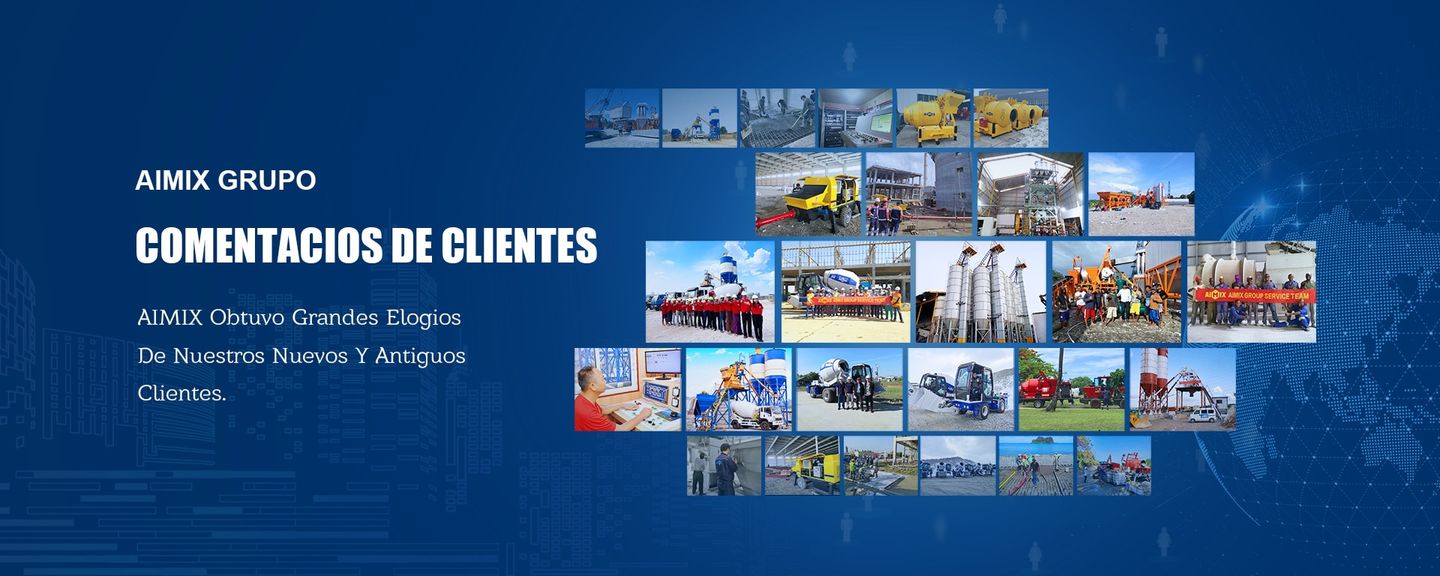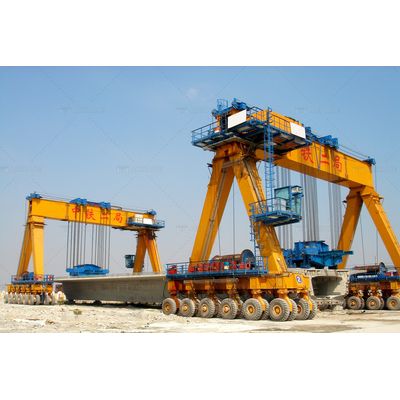

- Home
- Companies
- Aimix Group Co., Ltd
- Articles
- Strategies to Reduce Straddle Carrier ...

Strategies to Reduce Straddle Carrier Costs in Port Operations
Straddle carriers play a crucial role in container handling operations at ports, but their operation and maintenance costs can be significant. To remain competitive and maximize profitability, port operators must implement strategies to reduce straddle carrier costs without compromising efficiency or safety. In this guide, we'll explore several effective ways to save on straddle carrier expenses.
Optimize Equipment Utilization
One of the most effective ways to save on straddle carrier costs is to optimize equipment utilization. Straddle carriers are expensive assets, and idle time directly translates to wasted resources. Implementing efficient scheduling and planning processes can help maximize the utilization of straddle carriers, ensuring that they are continuously in operation during peak hours.
Utilize real-time tracking and monitoring systems to identify and address bottlenecks or inefficiencies in container handling processes. By analyzing data on container arrivals, departures, and turnaround times, port operators can allocate resources more effectively and minimize idle time for straddle carriers.
Additionally, consider implementing strategies such as staggered shift schedules or cross-training operators to ensure that straddle carriers are utilized to their full capacity throughout the day. By optimizing equipment utilization, port operators can reduce the number of idle hours and maximize the return on investment for their straddle carrier fleet.
Implement Preventive Maintenance Programs
Regular maintenance is essential for keeping straddle carriers in optimal working condition and preventing costly breakdowns. Implementing a proactive preventive maintenance program can help identify potential issues before they escalate into major repairs, reducing downtime and repair costs.
Schedule routine inspections and maintenance tasks based on manufacturer recommendations and industry best practices. Focus on critical components such as engines, hydraulics, brakes, and electrical systems to ensure reliable performance and extend the lifespan of straddle carriers.
Invest in training programs for maintenance technicians to enhance their skills and knowledge of straddle carrier maintenance techniques. Empower them to conduct thorough inspections, diagnose problems accurately, and perform preventive maintenance tasks efficiently.
Utilize maintenance management software to track maintenance schedules, record inspection findings, and generate maintenance reports. By proactively managing maintenance activities, port operators can minimize unexpected breakdowns, reduce repair costs, and optimize the operational lifespan of their straddle carrier fleet.
Opt for Energy-Efficient Technologies
Energy consumption is a significant operating cost for straddle carriers, especially in large-scale port operations. Implementing energy-efficient technologies can help reduce fuel consumption and lower overall operating costs while minimizing environmental impact.
Consider investing in hybrid or electric-powered straddle carriers that offer lower fuel consumption and emissions compared to traditional diesel-powered models. While the initial investment may be higher, the long-term savings on fuel costs and maintenance expenses can outweigh the upfront costs.
Implement idle management systems and automatic shutdown features to minimize fuel consumption during idle periods. Encourage operators to adopt fuel-efficient driving techniques such as reducing speed, avoiding unnecessary acceleration, and minimizing engine idling.
Additionally, explore opportunities to harness renewable energy sources such as solar or wind power to supplement energy needs for straddle carrier operations. Installing solar panels or wind turbines on port premises can help offset energy costs and reduce reliance on conventional energy sources.
By investing in energy-efficient technologies and adopting sustainable practices, port operators can reduce operating costs, minimize environmental impact, and enhance their reputation as environmentally responsible organizations.
Streamline Container Handling Processes
Efficient container handling processes are essential for maximizing productivity and minimizing costs in port operations. Streamlining processes such as container stacking, retrieval, and transportation can help optimize the use of straddle carriers and reduce overall operating expenses.
Implement automated container stacking systems or yard management software to optimize container storage density and minimize the distance traveled by straddle carriers within the terminal. Utilize advanced container tracking technologies such as RFID (Radio Frequency Identification) or GPS (Global Positioning System) to locate and retrieve containers more efficiently.
Consider outsourcing certain non-core activities such as equipment maintenance or administrative tasks to third-party service providers to reduce overhead costs and free up resources for core operational activities.
Collaborate with shipping lines and cargo owners to implement Just-In-Time (JIT) delivery schedules and minimize container dwell times at the port. By reducing waiting times and optimizing container flow, port operators can improve overall productivity and reduce the number of straddle carriers required to handle container volumes.
Invest in Training and Development
Investing in training and development programs for straddle carrier operators and maintenance technicians is crucial for optimizing operational efficiency and reducing costs. Well-trained personnel are more capable of operating equipment safely and efficiently, minimizing the risk of accidents and equipment damage.
Provide comprehensive training programs for new operators to familiarize them with straddle carrier operation techniques, safety procedures, and maintenance practices. Offer refresher courses and ongoing training opportunities to ensure that operators stay up-to-date with the latest industry trends and best practices.
Encourage operators to actively participate in continuous improvement initiatives and share their insights and suggestions for optimizing operational processes. Foster a culture of accountability and empowerment, where operators feel valued and motivated to contribute to the success of the organization.
Invest in advanced simulation and virtual reality training systems to provide realistic training scenarios without exposing operators to actual risks. These training tools can help improve operator proficiency, decision-making skills, and situational awareness, leading to safer and more efficient straddle carrier operations.
In conclusion, reducing straddle carrier costs requires a multi-faceted approach that encompasses optimization of equipment utilization, implementation of preventive maintenance programs, adoption of energy-efficient technologies, streamlining container handling processes, and investment in training and development. By implementing these strategies, port operators can achieve significant cost savings while enhancing operational efficiency and competitiveness in the global market.


